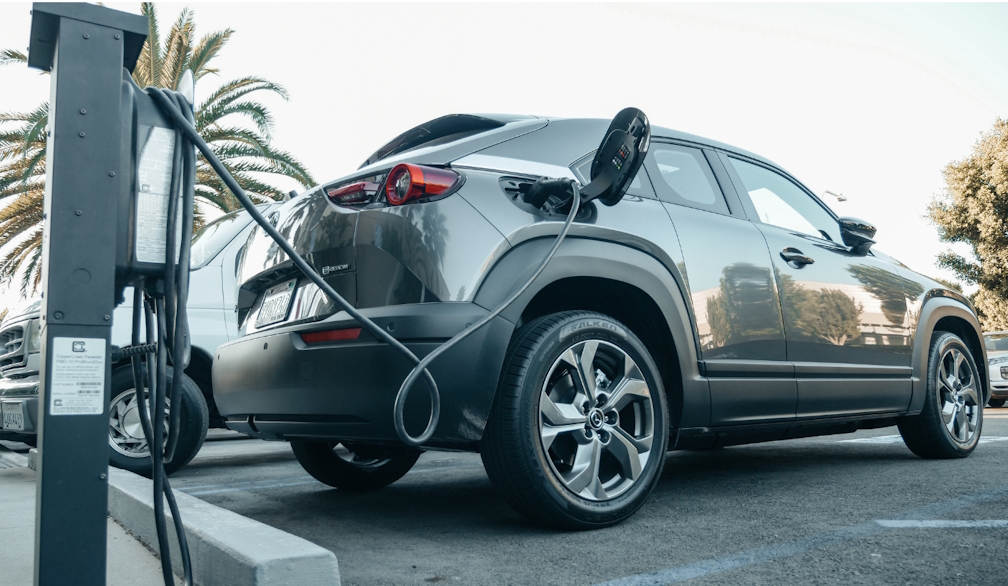We can talk about a higher rate of GST in Australia, but it will never happen
- Written by John Quiggin, Professor, School of Economics, The University of Queensland
A group of crossbench parliamentarians have revived the idea of increasing the rate of the goods and services tax from 10% or removing exemptions on food, education and health purchases.
The group, which includes Allegra Spender and David Pocock, say increasing the GST rate would raise revenue to lessen government dependence on income tax as the population ages.
Read more: Slower ageing, slower growth: the Intergenerational Report in 7 charts[1]
Raising more from the GST is among the perennial candidates. In 2015 then treasurer Joe Hockey[2] floated the idea but quickly abandoned[3] it.
It can safely be predicted that this latest push from the crossbench will go the same way – nowhere.
Premiers must agree to rate change
The reason dates back to the debate over introducing the GST in the late 1990s, when opponents predicted the 10% rate would soon be raised, as had happened in New Zealand in the 1980s.
Then prime minister John Howard staved off this objection by designing the GST legislation so any increase in the rate required the unanimous support of all state and territory governments, as well as both houses of the federal parliament.
Getting such agreement is virtually impossible, as Hockey discovered. Even in the unlikely event of an agreement in principle, disputes over how the extra revenue should be shared would almost certainly derail any deal.
It might be possible in theory for the Commonwealth to renege on its deal by amending the GST legislation to remove or modify the states’ veto power. But the likelihood of getting such legislation through the Senate (notionally the “states’ house[4]”) is almost zero.
Removing exemptions would increase cost of living
There remains the option of removing exemptions.
Imposing the GST on health and education would be pointless. For the most part the government would be taxing itself. That leaves only the option of taxing food, strongly supported by free-market economists but rejected by nearly everyone else.
Taxing food would be a bad idea at any time, as it bears most heavily on low-income households. But in a context where the major parties have locked in a massively regressive cut to income tax for the well-off, it would be even worse. And, of course, it would directly increase the cost of living – the exact opposite of what our political leaders are promising.
In the absence of an increased GST, and with many other reforms ruled out following the 2019 election defeat of Labor under Bill Shorten, there seems little alternative but to rely more heavily on income tax.
It has been suggested, with some horror, that the top marginal rate might have to rise to 60%, still well below the rates that prevailed during the boom economy of the decades after 1945.
Read more: Inheritance taxes, resource taxes and an attack on negative gearing: how top economists would raise $20 billion per year[5]
Increased reliance on income tax goes against the neoliberal belief that high marginal tax rates are a strong disincentive to work.
But the evidence for this belief is very weak. The bigger problem in our tax-welfare system is the high effective marginal tax rate paid by many families (often well above 60%) caused by the combined effect of income tax and the clawback of means-tested benefits.
Australia will have to choose between some challenging options to pay for the services we will collectively need in the future. But, for good or ill, an increase in GST is not among them.
References
- ^ Slower ageing, slower growth: the Intergenerational Report in 7 charts (theconversation.com)
- ^ then treasurer Joe Hockey (www.theguardian.com)
- ^ but quickly abandoned (www.theguardian.com)
- ^ states’ house (peo.gov.au)
- ^ Inheritance taxes, resource taxes and an attack on negative gearing: how top economists would raise $20 billion per year (theconversation.com)
Authors: John Quiggin, Professor, School of Economics, The University of Queensland














